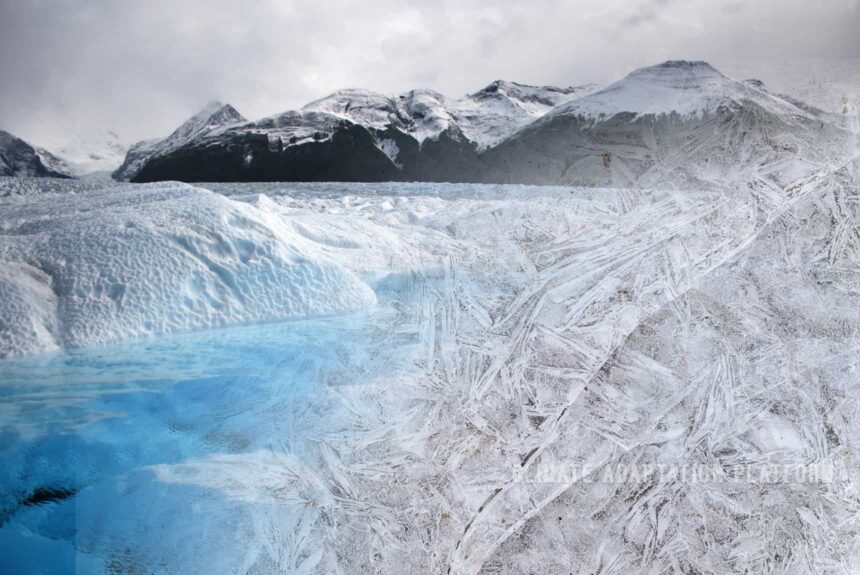In places like the Arctic, warming is happening four times faster than the rest of the planet.
The warming temperature has led to a widespread shrinking of the cryosphere, with mass loss from ice sheets and glaciers, reductions in the extent and thickness of ice in the Arctic Ocean, and increased permafrost temperature.
The ice-albedo feedback loop accelerates the shrinking of the cryosphere, which plays a vital role in global climate change. Shrinking ice area reduces surface albedo, leading to more excellent surface solar absorption, thus amplifying warming and driving further melt.
Many options are being developed to preserve and restore ice reflectivity. Among them is using approaches such as local Arctic interventions and solar radiation management or SRM, a type of solar climate intervention.
Three scientists – Doug Johnson, Tony Manzara, and Leslie Field, conducted a controlled experiment to slow down the ice loss and increase ice retention. Their work is published in a paper on Earth’s Future (Johnson et al., 2022).
It describes how they have segmented a freshwater pond in Minnesota, applied a thin layer of glass bubbles on one side, and set up instruments to measure water temperature, ice thickness, weather, and long-wave short-wave radiation.
The result shows that applying a coating of hollow glass microspheres (HGMs) to a section of the pond while leaving an area unmodified increases reflectivity from 0.17 to 0.36, or 30%.
The coating of HGMs also reduced the rate of ice melt by 33% during the two-week melt period, demonstrating the effectiveness of surface albedo modification in ice preservation.
The authors wrote, “This experiment extends our knowledge of surface albedo modification from proof of concept to “lab scale” validation in a northern winter climate. In addition, results guide how surface albedo modification might function in an Arctic environment. Key results from this are that HGMs are most effective at increasing albedo on bare ice, and they withstand typical weathering of a northern climate (e.g., snow and high winds) and remain intact beneath the snow, reemerging to increase the albedo of the ice surface.”
The scientist wanted to try out this localized ice-preserving method on several cryospheres in the world. “Ultimately, if policy decisions were to be made that it was appropriate to apply this localized ice-preserving approach on a local or regional scale, this method of surface albedo modification may serve to leverage albedo feedback loops in a low-risk, beneficial way to preserve Arctic ice,” the authors wrote.
The study wanted to deploy these glass bubbles in a few strategic places like The Beaufort Gyre, for instance, north of Alaska and Canada and Fram Strait, east of Greenland and west of Svalbard. The goal is to trap ice floes when it freezes, helping them survive longer.
However, no amount of hollow glass microspheres can reverse climate change but only through shifting from fossil fuels.
But when it places the Arctic that is warming four times faster than the rest of the world, and where the disappearance of ice can lead the world into dangerous tipping points, these interventions offer time – delaying an outcome that could lead to a climate doom loop.
Source:
Johnson, D., Manzara, A., Field, L. A., Chamberlin, D. R., & Sholtz, A. (2022). A controlled experiment of surface albedo modification to reduce ice melt. Earth’s Future, 10, e2022EF002883. https://doi.org/10.1029/2022EF002883
Riederer, R. (2023, April 25). A Heat Shield for the Most Important Ice on Earth. The New Yorker. Retrieved from https://www.newyorker.com/news/the-control-of-nature/a-heat-shield-for-the-most-important-ice-on-earth



Leave a Reply